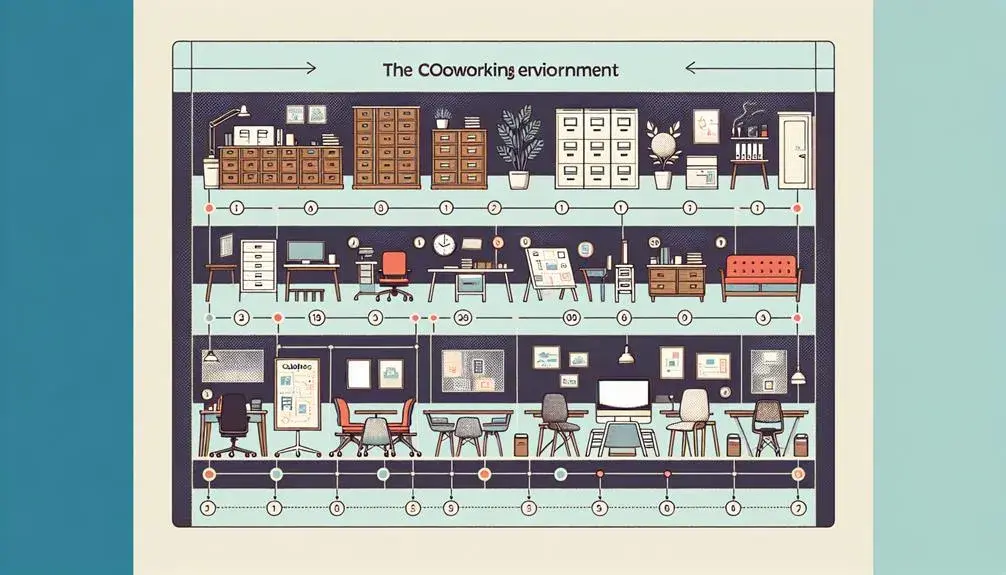In the rapidly evolving business landscape, the structure and design of workplace environments have experienced significant transformations, particularly in the realm of coworking spaces. The shift from conventional office spaces to modern coworking environments has not only revolutionized the way businesses operate but has also redefined the dynamics of workspace rental markets. The concept of coworking spaces, which once emerged as a niche trend, has now matured into a mainstream workspace solution, offering a diverse spectrum of office types to cater to the unique requirements of today’s businesses. Each office type within these shared spaces, from dedicated desks to private studios, brings a distinct set of features and advantages, subsequently influencing the choice of businesses. This discussion will explore the progression of office types in modern coworking spaces for rent, highlighting how these changes have shaped the present and future of workspace designs. This exploration will provide a comprehensive understanding of the factors driving these changes and how they are impacting businesses in their quest for optimal workspace solutions.
Historical Overview of Office Spaces
Tracing the evolution of office spaces provides a fascinating glimpse into the progression of work environments, from the rigid cubicles of the mid 20th century to the flexible coworking spaces of the 21st century. The post-war period saw the rise of office parks and cubicles, designed to maximize efficiency and productivity. However, the late 20th century brought a shift towards open-plan spaces, reflecting a desire for collaboration and innovation. The advent of technology facilitated remote work and gave rise to the coworking spaces we see today. These spaces, characterized by shared amenities and community-focused design, foster a sense of belonging and engagement among workers. The evolution of office spaces is testament to our changing needs and values in the workplace.
Modern Coworking Space Dynamics
In the landscape of modern work environments, coworking spaces have emerged as dynamic hubs of creativity and collaboration, attracting a diverse range of professionals with their flexible rental options and community-centric ethos.
- Open Layouts: These spaces typically feature an open-concept design, fostering spontaneous interactions and cross-pollination of ideas.
2. Flexible Schedules: Unlike traditional offices, coworking spaces usually operate 24/7, accommodating different work routines and promoting work-life balance.
3. Diverse Occupants: From freelancers to startups, a variety of professionals coexist in these spaces, creating a rich networking ecosystem.
4. Community Events: Regularly scheduled events like workshops, talks, and social gatherings reinforce the sense of community and provide learning opportunities.
The dynamics of coworking spaces reflect the evolving needs and preferences of today’s workforce, offering an inclusive, vibrant, and adaptable work environment.
Conclusion
In conclusion, the transformation of office spaces has been a testament to the evolution of work cultures and technological advancements. Modern coworking spaces exemplify this shift, fostering collaborative and flexible environments that cater to diverse professional needs. As the corporate world continues to evolve, so too will the landscapes of these shared spaces, further blurring the lines between traditional and contemporary workspaces, much like a chameleon adapting to its changing surroundings.

